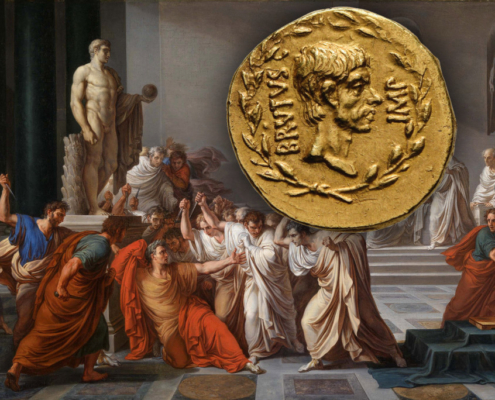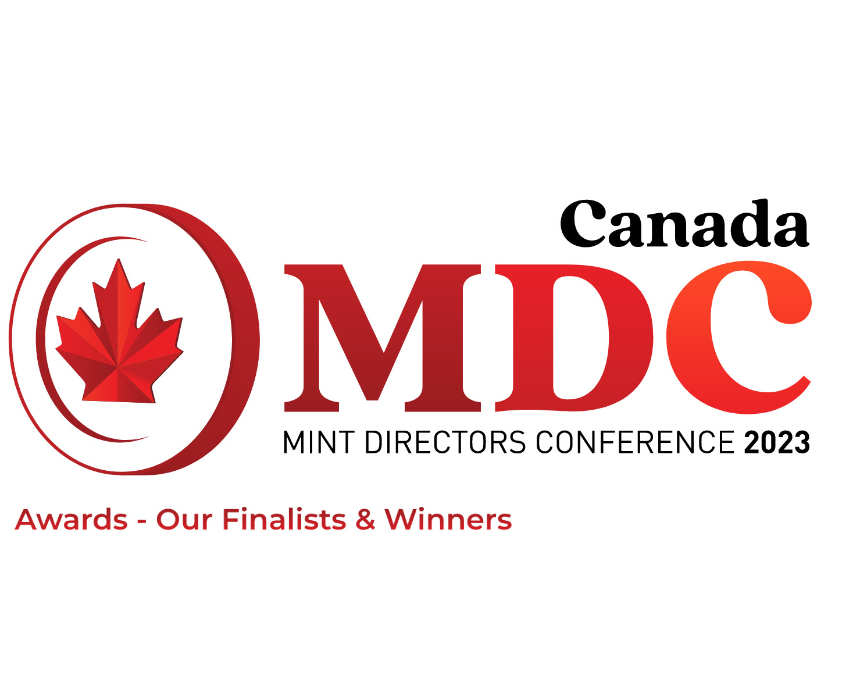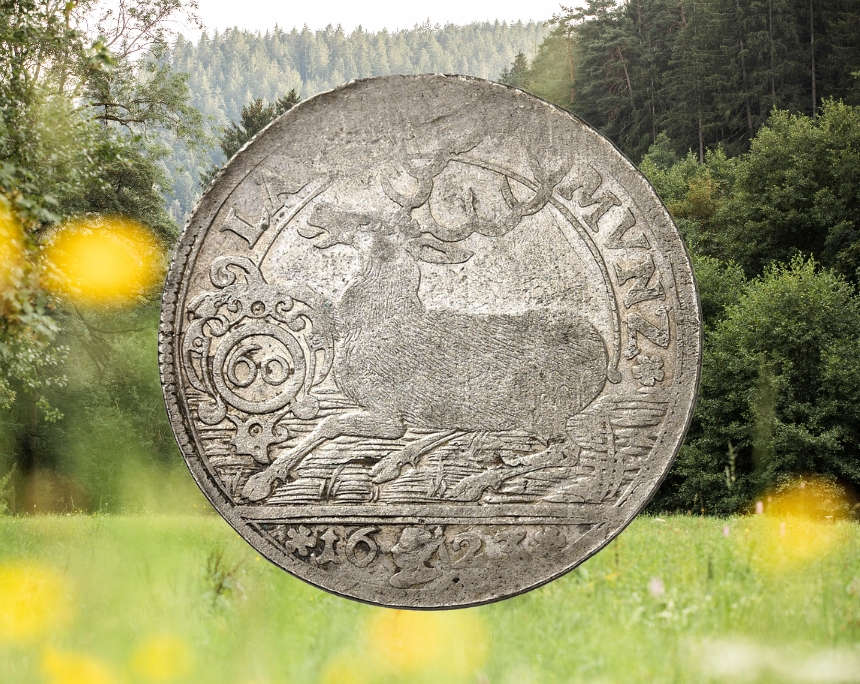Friedrich Wilhelm, the Great Elector.
Ducat 1686 LCS, Berlin.
Extremely rare.
Attractive piece.


Maximilian II.
Ducat 1855.
Only a few pieces are known.
Extremely fine-uncirculated.

Ferdinand Albrecht I.
Löser in the weight of 4 Reichstalers 1670, Clausthal.
Extremely rare.
Attractive piece.

Friedrich Adolf.
5 Ducats 1711, Detmold.
Only known piece.
Extremely fine-uncirculated.

6 Ducats, n. d. (1765-1790), with the title of Joseph II.
NGC MS 62 PL.
Extremely rare.
Attractive piece from polished dies.
Almost uncirculaed.

Johann Adolf, 1590-1616.
Portugalöser (10 ducats) n.d., Eutin.
Extremely rare and of particular
significance in monetary history.
Attractive piece.

Leopold I, 1657-1705.
20 Ducats, n. d. (after 1666), Hall,
by M. König.
Extremely rare.
Almost extremely fine.

Archive: People and Markets
The MDC Awards 2023
After a five-year break, the Mint Directors Conference took place in Ottawa, Canada, from October 15 to 18. One of the most eagerly awaited events was the announcement of the winners of the prestigious MDC Awards. You can now find them here.
Tradition Meets Craftsmanship: Coin Minting as a Highlight of the Garden Show
When the Garden Show in Freudenstadt and Baiersbronn opens its doors in May, visitors can look forward to a special experience: a historical minting station, where they can create their own commemorative medals by hand.
Archive: Coins, Medals and more

The Eve of the Battle of Philippi: An Aureus Featuring the Portrait of Brutus
On 9 December 2024, Numismatica Genevensis will be auctioning an extremely rare aureus featuring a portrait of Brutus. The coin, estimated at CHF 750,000, was minted to pay the soldiers who fought for Brutus in the final battle at Philippi.

Coins on Coins: When Numismatic Legends Are Reborn
Switzerland receives much acclaim for its redesign of the 100-franc Vreneli. Yet, success is not a given—numerous challenges arise for mints and artists alike.













And the Champion of the 40th COTY Is…
At the ANA in Pittsburgh, an Austrian coin has earned top honors in the 40th Coin of the Year (COTY) Awards. See all the winners here.
Become a Coin Scout!
The international numismatic community and CoinsWeekly need your help! Only with the help of coin scouts all over the world can we realise our project of a numismatic travel guide.
Join us on our expedition into the undiscovered world of numismatics!